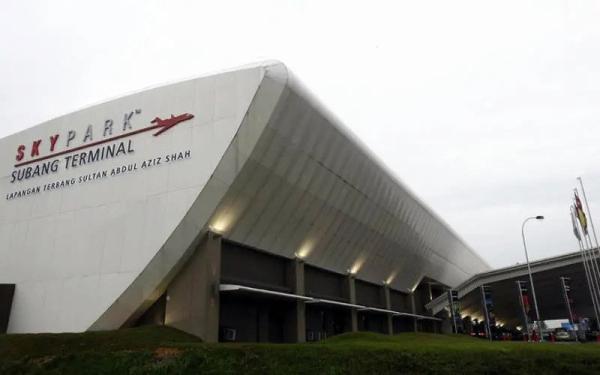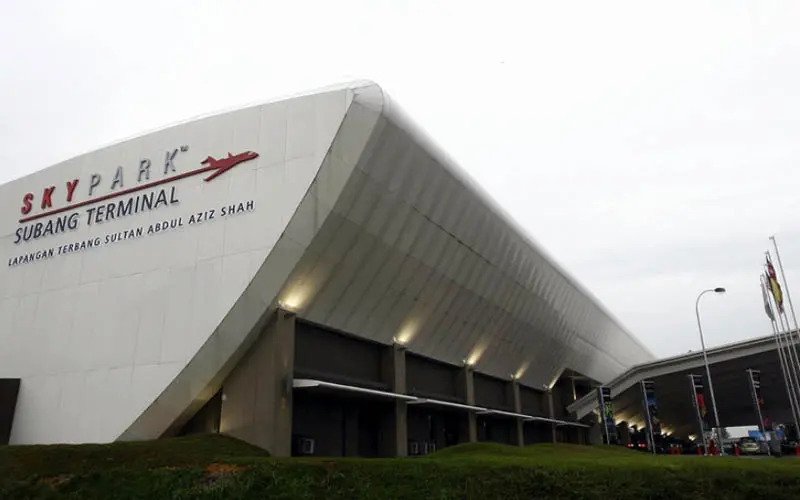KUALA LUMPUR, Oct 12 — The Subang Airport Regeneration Plan (SARP) must be strategically implemented, accompanied by supporting infrastructure and public transport connectivity, said the Malaysia Institute of Transport (Mitrans).
It said this is to ensure long-term sustainability, aligning with Budget 2026’s aspiration to position Malaysia as Southeast Asia’s leading aerospace hub by 2030.
Mitrans director and Universiti Teknologi Mara (UiTM) Assoc Prof Wan Mazlina Wan Mohamed said the development should include improved access between the Subang area, Kuala Lumpur International Airport (KLIA) and other major cities to enhance mobility for passengers and workers.
“Currently, the KTM Komuter service from Subang Skypark to KL Sentral has been discontinued, and no LRT or MRT lines pass through the area, highlighting the need to upgrade public transport services and infrastructure,” she told Bernama in response to the Budget 2026 tabled by Prime Minister Datuk Seri Anwar Ibrahim on Friday.
In his Budget 2026 speech, Anwar said Subang Airport and its surrounding area are strategically positioned to support the aerospace industry.
The prime minister said the airport expansion project and surrounding development should be led by the government and government-linked companies (GLCs) to ensure the prioritisation of national interests and Bumiputera participation.
Wan Mazlina said the SARP is designed as a comprehensive ecosystem encompassing business and commercial aviation, helicopter services, maintenance, repair and overhaul (MRO) activities, air cargo logistics, and aerospace manufacturing.
“The development is expected to stimulate economic growth and create job opportunities in the Subang vicinity. However, stakeholders have urged the government to address existing challenges such as traffic congestion, rapid urban development, and the need to retain skilled local talent in this strategic sector.
“If international players wish to base their operations in Subang, there must be safeguards to ensure they contribute to building local capabilities, rather than merely offering higher pay and drawing away homegrown talent,” she said.
Wan Mazlina said Subang has also been proposed as a future hub for Advanced Air Mobility (AAM), including air taxis and air ambulances, which would notably support Malaysia’s growing medical tourism sector, particularly from Singapore, Indonesia, and the Middle East.
“The presence of universities such as UniKL MIAT, UiTM, Taylor’s University, Monash, INTI, MSU and Sunway around Subang presents strong opportunities for aerospace research and development (R&D) and talent pipeline development to meet future industry demands,” she said.
Wan Mazlina said due to Subang’s proximity to Kuala Lumpur and Malaysia’s growing popularity as a medical tourism destination, the area holds strong strategic potential.
Separately, she said the LRT Shah Alam Line (LRT3) is seen as a key initiative that enhances safer and more sustainable urban mobility.
“The 37.8km alignment from Bandar Utama to Johan Setia in Klang is expected to begin operations by the year-end, with a capacity of over 6,200 passengers per hour per direction.
“Beyond connecting residential areas to city centres, LRT3 is anticipated to reduce motorcycle dependency among students and young adults, potentially lowering the rate of road accidents,” she said.
Wan Mazlina added that even a five per cent shift from motorcycle trips to LRT3 could reduce motorcycle-related accidents along the corridor by around three to five per cent.


